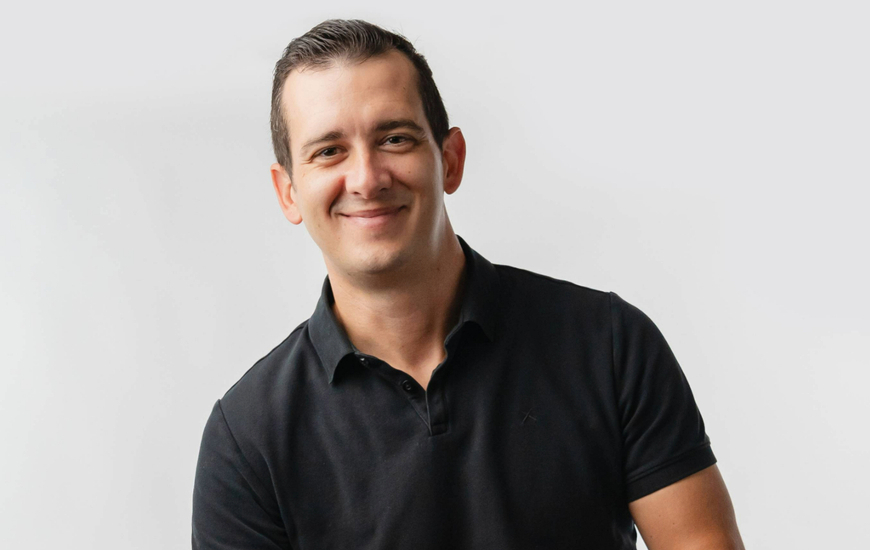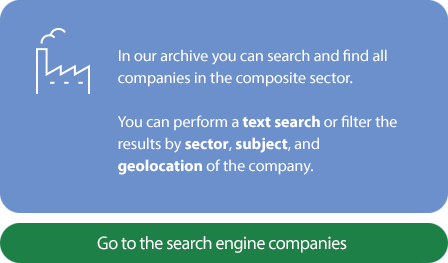Status quo manufacturing processes can often stifle innovation, and while 3D printers have made inroads, they alone are not enough to drive meaningful change. Phil DeSimone, CEO of Silicon Valley-based Carbon, tells how his company does things a little differently when working with brands to design and make products and in doing so, how the 3D printer is not necessarily the tip end of the spear.
DeSimone, can you start by giving us a brief overview of Carbon and what it is you do?
"We’re a product development and manufacturing technology company that is expanding what can be made by helping companies make better products – and indeed produce previously impossible products – and bring them to market in less time. We achieve this via an idea-to-production platform, built around advanced materials, software, hardware, and services. This leverages 3D printing as a digital portal for physical products, or as I like to say, the export button, that allows us to solve hard problems and empower creators to achieve these goals in ways not possible with traditional technologies.
This is important, because remaining with traditional product manufacturing will only ever deliver traditional levels of benefits. By looking to smarter techniques, we’re enabling brands to design, develop, and manufacture premium products that offer enhanced performance, comfort and protection across those industries and application areas in which we have our cross hairs".
What are the main industry sectors in which Carbon operates and which types of customers do you serve?
"We work in a lot of different sectors, namely automotive, industrial, medtech, dental and consumer/professional sports equipment. Taking that last one as an example, we have established ourselves very well within some niche applications like helmets and bike saddles. This has seen us forge close relationships with brands like Riddell and CCM on the helmet side, as well as saddle manufacturers that among others include Specialized, Selle Royal and Selle Italia – all of whom have realized that 3D printed saddles are better than traditional options. Similarly, we continue to enjoy close ties with many footwear brands, exemplified by our collaboration with Adidas a few years ago which led to the creation of the world’s first 3D printed, anisotropic lattice midsole. This innovation is designed to propel you forward using only your normal vertical impact pressure. We’re really excited about the emerging capability in footwear to print full shoes with little to no assembly required. Carbon is very bullish on this market and it’s cool to see shoes that don’t look like or perform like anything we’ve seen previously".
Unlike some vendors in this space, Carbon operates a subscription model with partners. Why have you opted to go down that route?
"The subscription model for a 3D printer essentially partners us together with customers. Moreover, it compels us to ensure users are optimizing a 3D printer’s full capabilities so the machine is useful to them; otherwise, they’ll just return it. As a subscribing partner, you now have access to the brain trust that we've built with hardware developers, programmers and material scientists – all of whom are grinding away tirelessly to constantly improve the equipment you’re running. For instance, elastomer materials on our M3 3D printer are now 50% faster in print time, since the platform was launched. Embedded sensors on that machine help us write better scripts for the printed output, so we can send those updates to customers over the air to increase the performance and reliability of their printer. We develop these scripts to each material, just like other companies, however, we often go beyond that and think about the printing needs of each unique application to make sure that we’re optimizing production in a way that makes viable economic sense as well as a great final part. But again, 3D printing isn’t the tip end of the spear; it's the enabler that gets us to the end goal. While fundamental, the real deal is the design – including the right materials, structures and processes. That and knowing from the outset what your customer wants and how to get them there".
In what areas do you see a shifting of the dial insofar as opportunities within AM over the short- to medium-term?
"I think we’ll see personalization capabilities at the consumer level grow over the next ten years. Traditional manufacturing focuses on making the same thing a million times, but I envisage manufacturers increasingly leveraging technology like ours to offer much more product variety suited to the individual consumer’s needs – and without the traditional manufacturing overheads. Low SKU volume, but high SKU variety. Taking cycling saddles as an example, I believe we’ll see an increased number of SKUs offering various widths and riding styles, each accommodating the individual rider’s different anatomy and needs. It’s not about making different tools, but rather tweaking and redesigning it again and again. The same could be applied to cars, where we might see variants that are designed differently to suit various needs vis-à-vis aesthetics, purposes and tastes across different regions. We may even see less very large major brands, and a rise of smaller companies making specific personalized products for their audiences. I think this is where things are headed – greater use of an extremely flexible technology, using ever-advancing materials that put products in the hands of consumers, where they need it, when they need and even at a batch size of one. After all, minimum order quantities are something that plagues good ideas, while unnecessary over-production can often have an obvious adverse impact on the environment".
Advancements in AI and machine learning are obviously hot topics for the industry; what opportunities do you see for integrating these technologies into Carbon’s platform, now and over the longer term?
"I think what people are mostly thinking of is generative AI. And those are in different flavors, like text generation or diffusion models for imagery and video, so who can make a text to CAD that makes parts that are ready to print. We’ve taken a more practical approach to machine learning tools, and are already using it on many of our dental processes and quality control procedures, including within our build packing and with a couple of simulation practices. With materials like those used in our lattice structures, we can simulate non-linear forces and then extrapolate them to other materials and other lattice combinations so that we can give customers a good idea of what their lattice response will do physically. We make this work available through our Lattice Search as part of Design Engine. So definitely in the dental world there’s some interesting developments around automatic or AI-assisted design work, like the design of a denture base or a night guard, or applications that can be automated by these tools. For me, design in the dental space is probably the first big benefactor of these AI tools. And if we see AI continue to drive automation, we will see some important applications realized, one of which is with 3D printed dentures".
What boxes remain unchecked when it comes to AM delivering to its full potential and what does the industry as a whole need to do to ensure this is effectively addressed?
"I think the biggest hurdle is still just to get people to think a little differently about production cycles and how they approach the market, since both are traditionally designed around manufacturing cadences. This mindset will only change based on the speed at which you can build new molds – which aren’t built at all unless you're 100% confident you're going to sell that product. It’s a bit of a chicken-and-egg situation, but we need to push organizations to rethink their go-to-market strategies and reconsider how they sell, how they think about their cycles, and how they can go faster.
The mindset is changing, but we still need to ensure more designers and manufacturers are aware of the multiple end-to-end design to production benefits they can leverage with this technology, especially via some incredible materials. From our own perspective, there’ll always be a need to educate the market, because we’re always innovating and pushing new boundaries, rather than standing still".
-

-
04 April 2025























